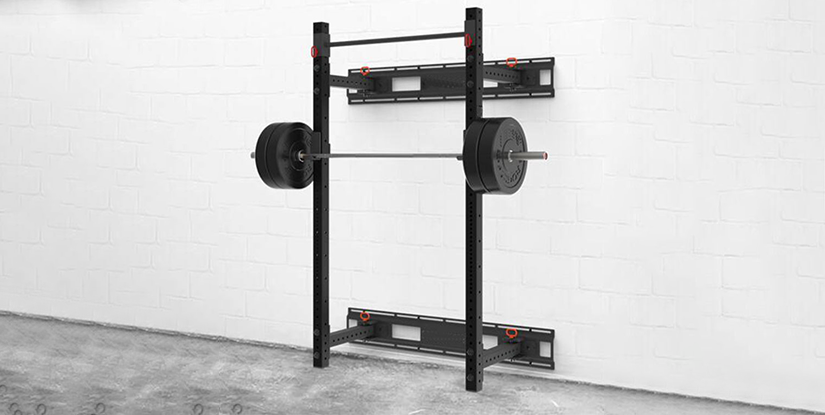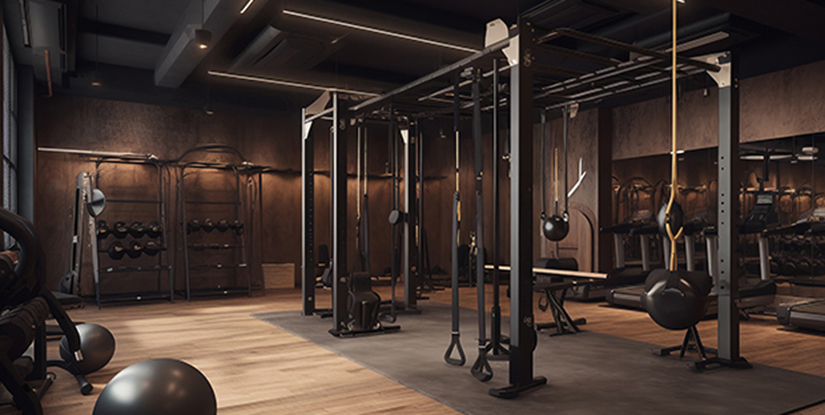Independent squat stands came up fast when I realized we couldn’t fit a full rack into one of our commercial gym’s tighter training zones. Space was limited, but we still needed something safe and practical for barbell work.
That’s when I started weighing them against a one-piece joined stand. I didn’t expect the choice to matter much — but it did.
Independent Squat Stands vs Joined: Which One Actually Works in Tight Spaces?
When I had to make space work in one of our commercial gym’s low-ceiling areas, I knew a full rack was off the table. That’s when it came down to two real options: independent squat stands or a joined stand.
At first, I figured it didn’t matter much. But after trying both? Yeah — it matters.
Independent stands were a total game changer. They were easier to move, quicker to adjust, and didn’t eat up precious floor space. We could shift them around depending on who was lifting — tall lifter? No problem. Shorter one? Quick fix.
Joined stands felt a little sturdier at first, sure. But they were clunky. Moving them was a pain. In a tight setup, that bulk adds up fast.
Honestly, if you’re working with limited room in a commercial space, I’d say go independent. All day.
Here’s a quick breakdown:
| Feature | Independent Squat Stands | Joined Squat Stand |
|---|---|---|
| Footprint | Small, adjustable | Bigger, fixed width |
| Stability | Stable with proper spacing | Slightly more stable out of box |
| Mobility | Easy to move and store | Bulky, harder to shift |
| User Flexibility | Quick height/width tweaks | Less adjustable |
| Best For | Tight commercial gym setups | Larger open spaces |
Bottom line? Independent squat stands let us train safely and efficiently without crowding the floor. Once we locked in spacing and coached proper re-racking, they worked just as well — and gave us way more freedom to set up how we needed.

How I Set Them Up to Stay Stable and Safe
Once I settled on independent squat stands, I had one job — make sure they didn’t budge. Stability’s a big deal, especially when you’ve got multiple clients using them all day.
Here’s what worked for me:
- Rubber flooring was clutch. I used thick commercial-grade mats under each stand. No slipping, even when lifters got aggressive.
- I chalked out foot placement zones right on the floor. That way, trainers and clients knew exactly where to line ‘em up every time.
- Made sure the ground was 100% level. Even a slight tilt made the uprights feel sketchy, so I fixed that fast.
- Told everyone straight up: don’t slam the bar into the stands when re-racking. Smooth in, smooth out.
- And just in case? I dropped bumper plates or sandbags near the base. Gave it extra weight and peace of mind.
Honestly, once we dialed in the setup, they held solid all day long. No tipping, no sketchy wobbles. Just clean, confident squats — rack or no rack.Honestly, for tight commercial spaces, independent squat stands just make sense. Once you’ve got them set up right, they’ll hold up rep after rep — no rack required.

Hi, I’m the editor here at Leadman Fitness. We’re a manufacturer focused on producing top-quality barbells, plates, kettlebells, dumbbells, and strength training gear. I’ve been into sports and fitness for years, and I know my way around all kinds of gym equipment—both from using it and helping create it.
I spend a lot of time understanding the real problems people run into in the gym—whether it’s beginners trying to pick the right gear or experienced lifters looking for something more durable. I stay in close touch with our production team and talk directly with other equipment makers, so we’re always improving based on what real lifters and coaches are looking for.
What I share comes from hands-on experience—stuff that actually helps people train better, not just in theory, but in real gyms.
